What Do You Know About the Human Microbiome?
Test your knowledge about the microbes that live in and on us in this 10-question quiz!

Why do scientists call humans "superorganisms"?
humans are the smartest organisms on Earth
humans are an ecosystem for many other organisms
humans are such large organisms compared to most
ANSWER: humans are an ecosystem for many other organisms
You are a superorganism because your body is an ecosystem. It is home to trillions of microbes that form communities in different places in and on your body. Together these communities make up your microbiome .
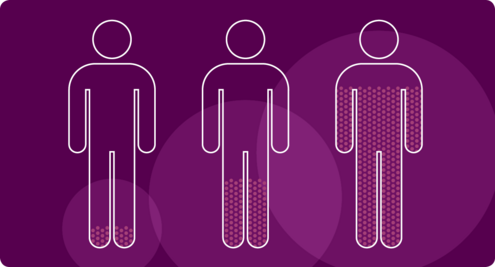
What percent of all the cells in the human body are bacterial cells?
less than 10%
about 30%
more than 70%
ANSWER: more than 70%
Scientists estimate the human body is made of about 100 trillion bacterial cells. That's between 70 to 90 percent of all cells in your body! And the bacteria's genes make up about 99 percent of all the genes in your body.
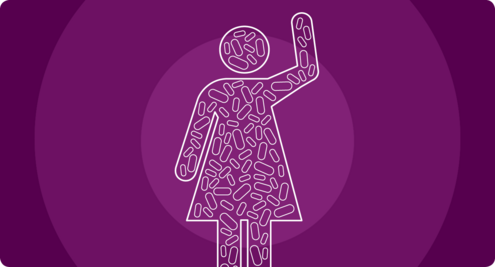
How do microbes keep us healthy?
they produce vitamins
they boost our immune system
they produce vitamins and boost our immune system
ANSWER: they produce vitamins and boost our immune system
While some microbes can make us sick, many more keep us healthy from head to toe. Microbes in our brain affect our mood, while microbes on our toes kill the fungus that causes athlete's foot. Others kill off harmful bacteria, help us digest food, and prevent tooth decay.
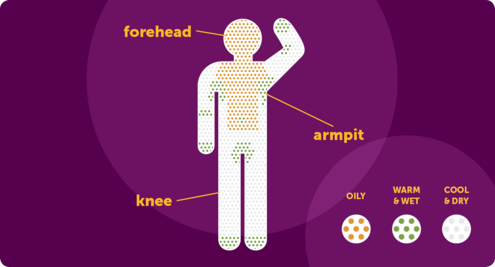
From the point of view of a microbe, your skin has lots of habitats . Which area has the greatest diversity of microbes?
your knee
your forehead
your armpit
ANSWER: your knee
On the cool and dry skin of your knee, the bacteria are fewer but more diverse, with hundreds of kinds that come and go.
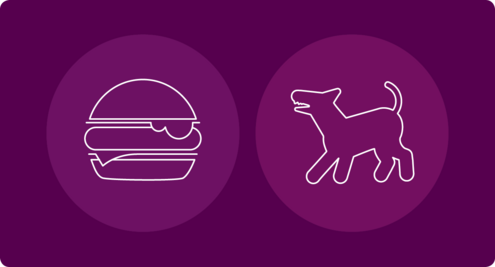
Every human has a different set of microbes. What accounts for these differences?
what you eat
who you live with
what you eat and who you live with
ANSWER: what you eat and who you live with
In fact, many different things affect your microbiome : your diet, your washing habits, and whether you have a dog, are just a few.
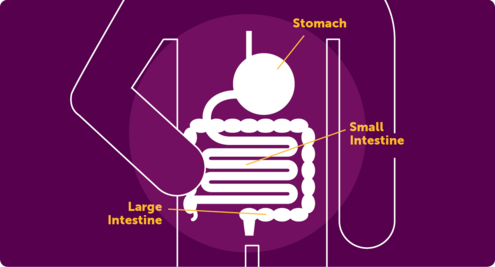
Where do most of the bacteria in your body live?
in your stomach
in your small intestine
in your large intestine
ANSWER: in your large intestine
Ninety-nine percent of your body's microbes live in your large intestine or colon. Trillions of microbes ferment food you can't digest, produce nutrients, and protect your gut lining.
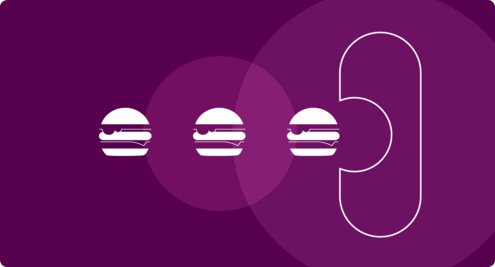
Many kinds of bacteria live in your digestive system. Where do they get their food?
from the food you eat
from your blood system
from your saliva and gastric "juices"
ANSWER: from the food you eat
The food you eat feeds bacteria in your digestive system. They're like pets to feed and care for! Foods that feed beneficial bacteria include beans, vegetables, fruit, and whole grains. These are called prebiotics.
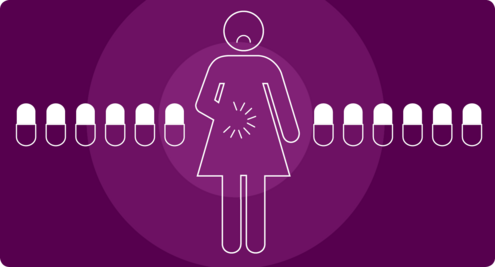
What is a potential risk of taking too many antibiotics for infections?
antibiotics "feed" the harmful bacteria
antibiotics kill bacteria that keep us healthy
there is no risk taking antibiotics
ANSWER: antibiotics kill bacteria that keep us healthy
Antibiotics don't just kill harmful bacteria, they can also kill beneficial ones. Also, over time, harmful bacteria may become resistant to antibiotics.
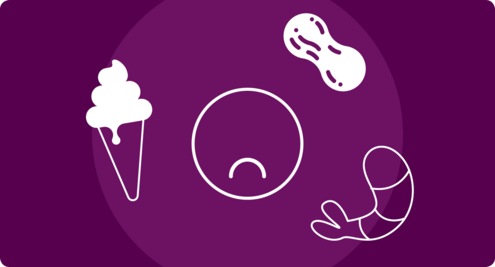
Your body's microbes help "train" your immune system to know what to attack and what not to. What happens when your immune system attacks a normally harmless food?
you get a stomach ache
you have an allergic reaction
you don't notice any changes
ANSWER: you have an allergic reaction
An allergy is an immune response to a normally harmless food or the environment. If your immune system attacks peanuts or pollen, you have an allergic reaction.
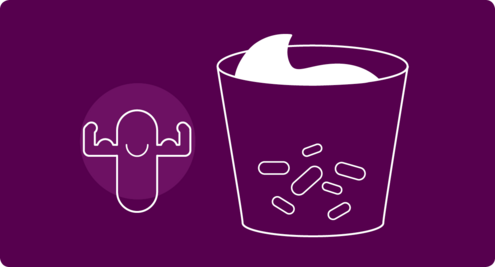
Why is yogurt considered a probiotic?
it destroys bacteria
it helps build strong bones
it contains live, helpful bacteria
ANSWER: it contains live, helpful bacteria
A probiotic is anything that contains live organisms that are good for you. The live bacteria in yogurt boost your immune system and help keep out bacteria that cause disease.




 Biodiversity
Biodiversity
 Brain
Brain
 Genetics
Genetics
 Marine BiOLogy
Marine BiOLogy
 MicrobiOLogy
MicrobiOLogy
 PaleontOLogy
PaleontOLogy
 ZoOLogy
ZoOLogy
 AnthropOLogy
AnthropOLogy
 ArchaeOLogy
ArchaeOLogy
 Astronomy
Astronomy
 Climate Change
Climate Change
 Earth
Earth
 Physics
Physics
 Water
Water
